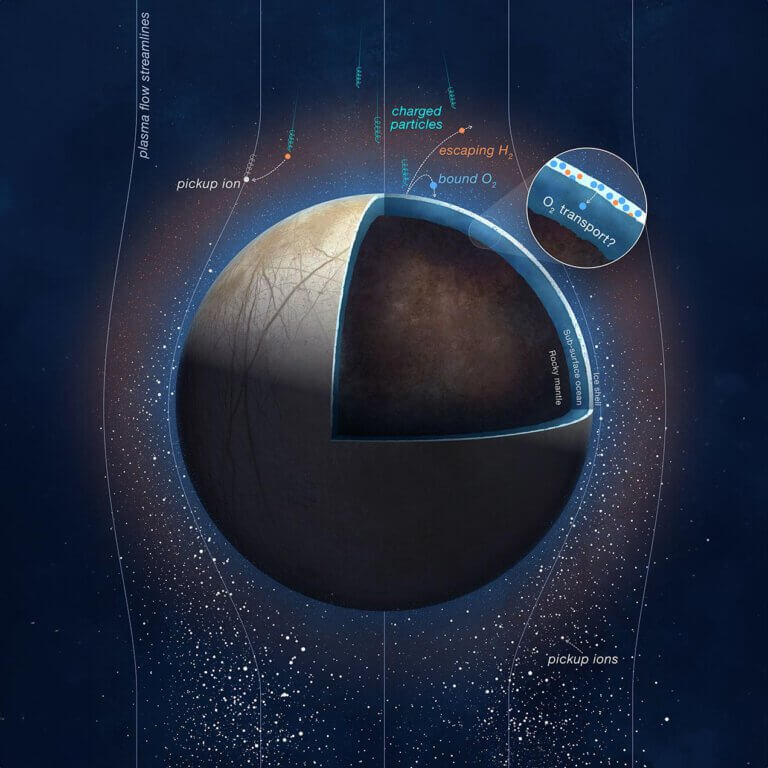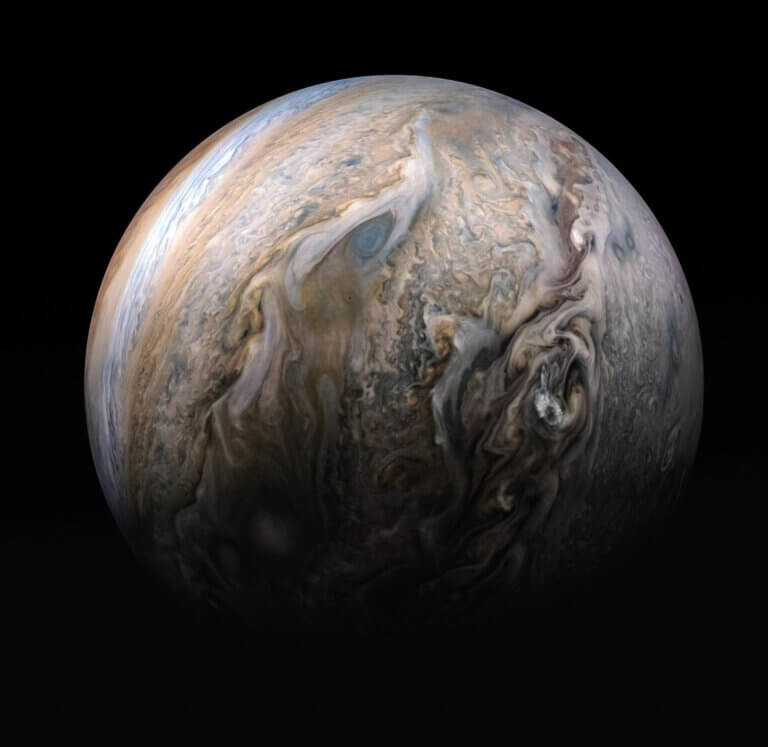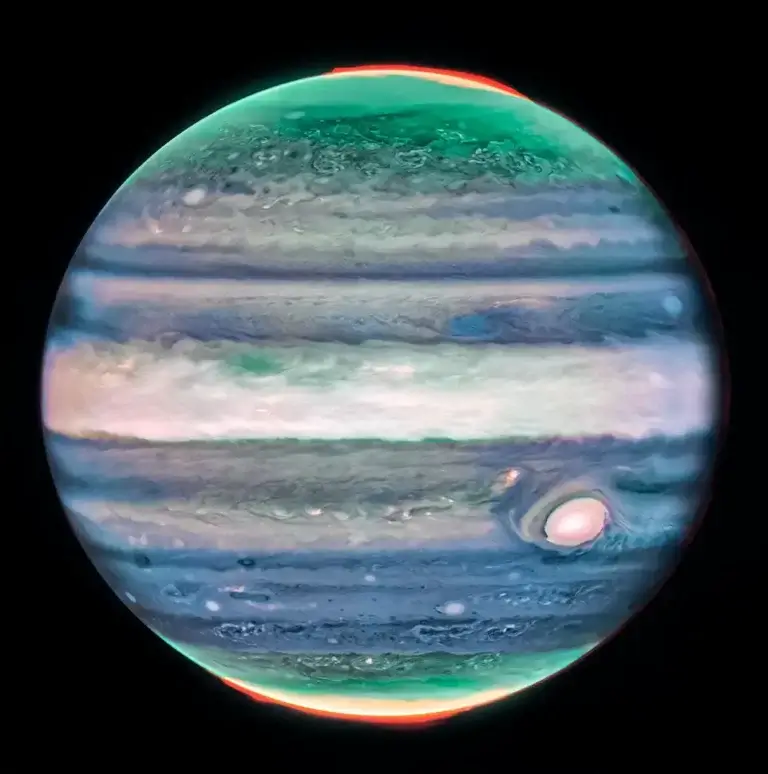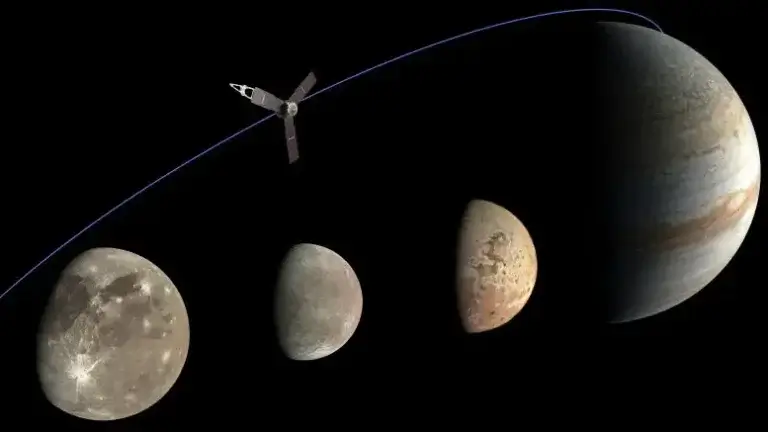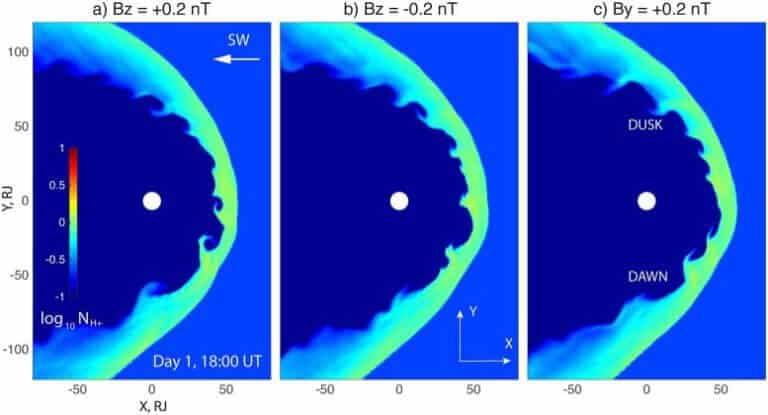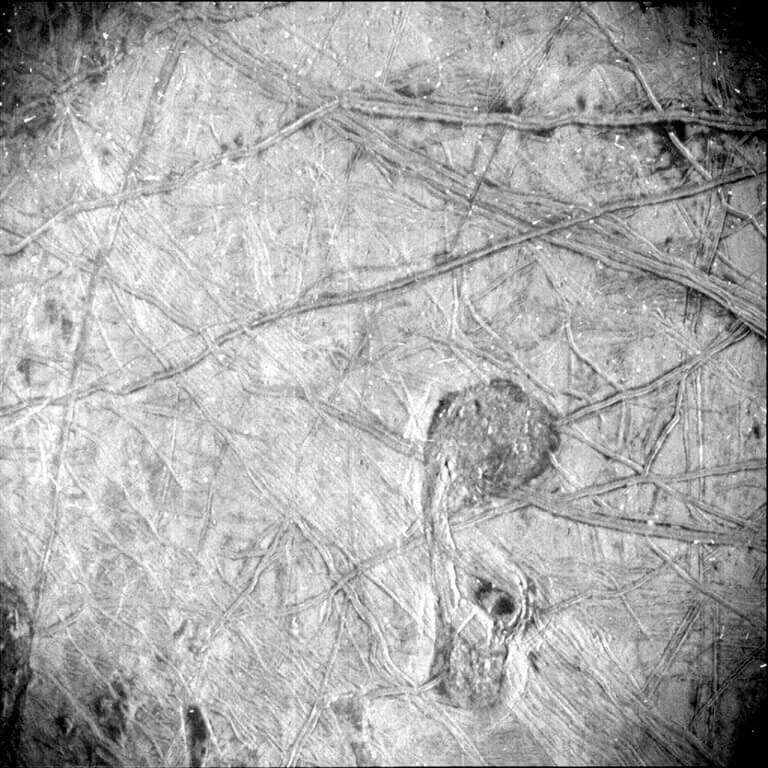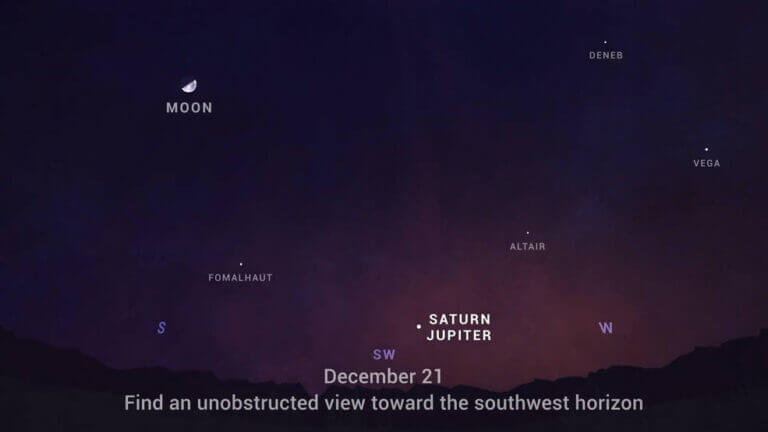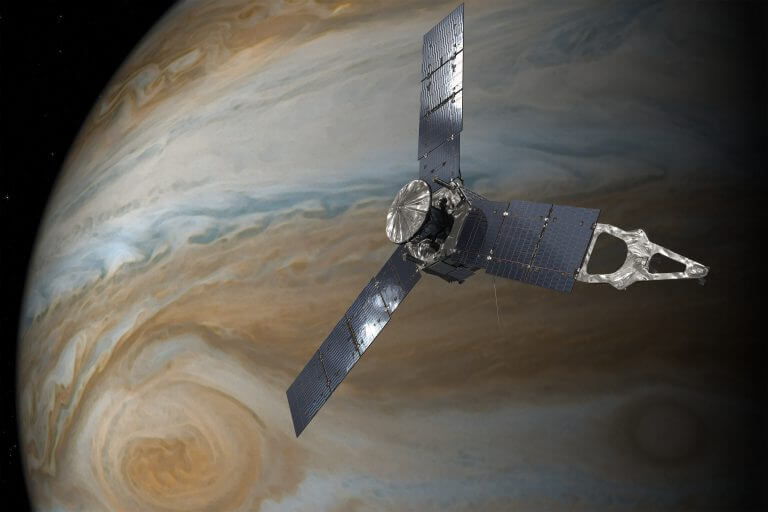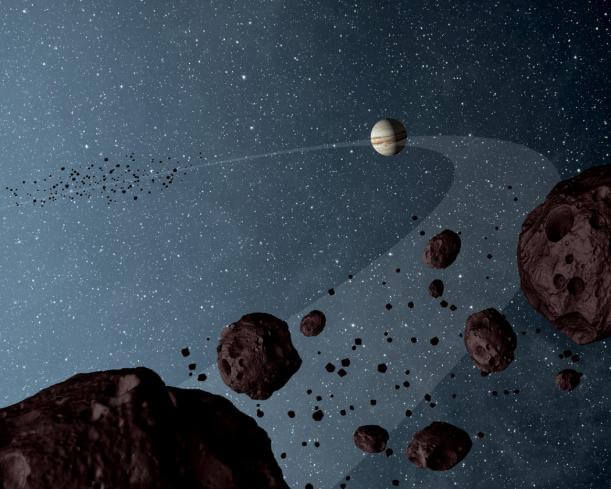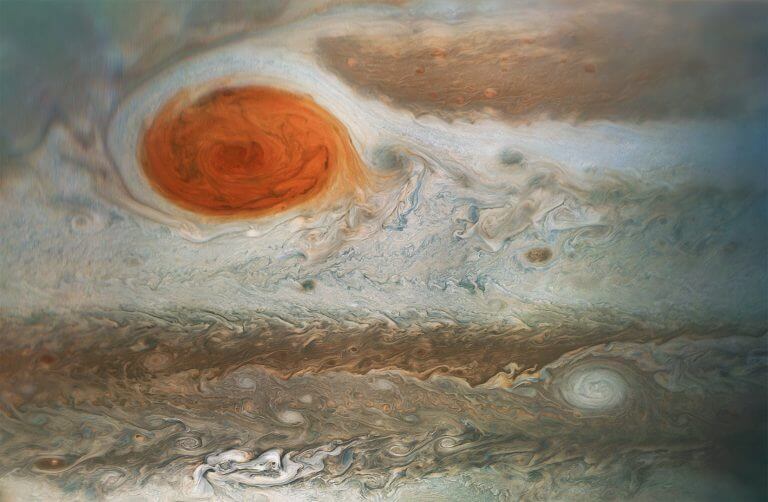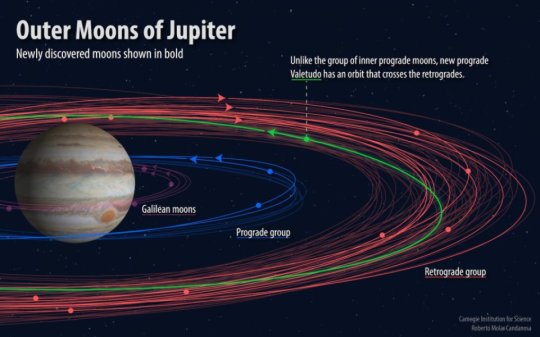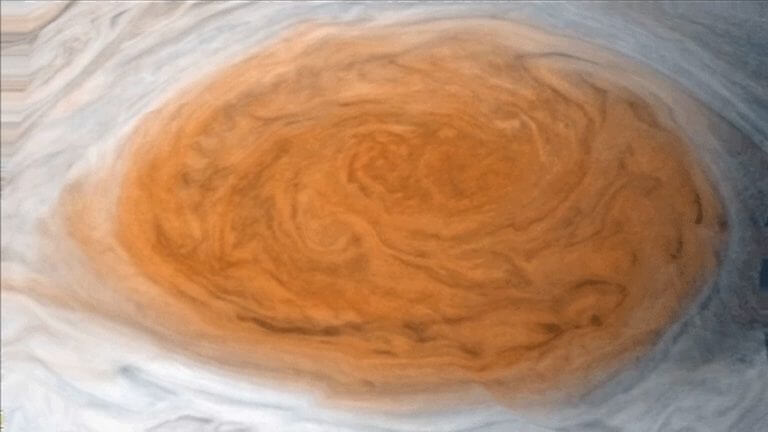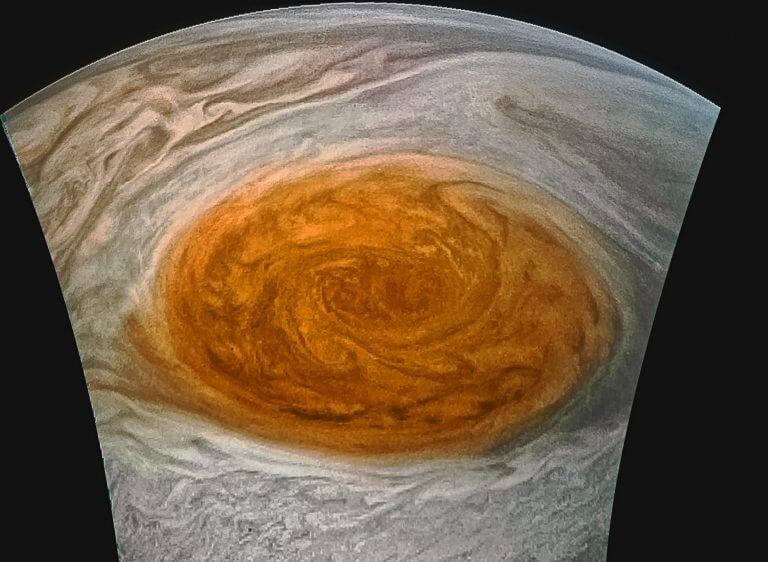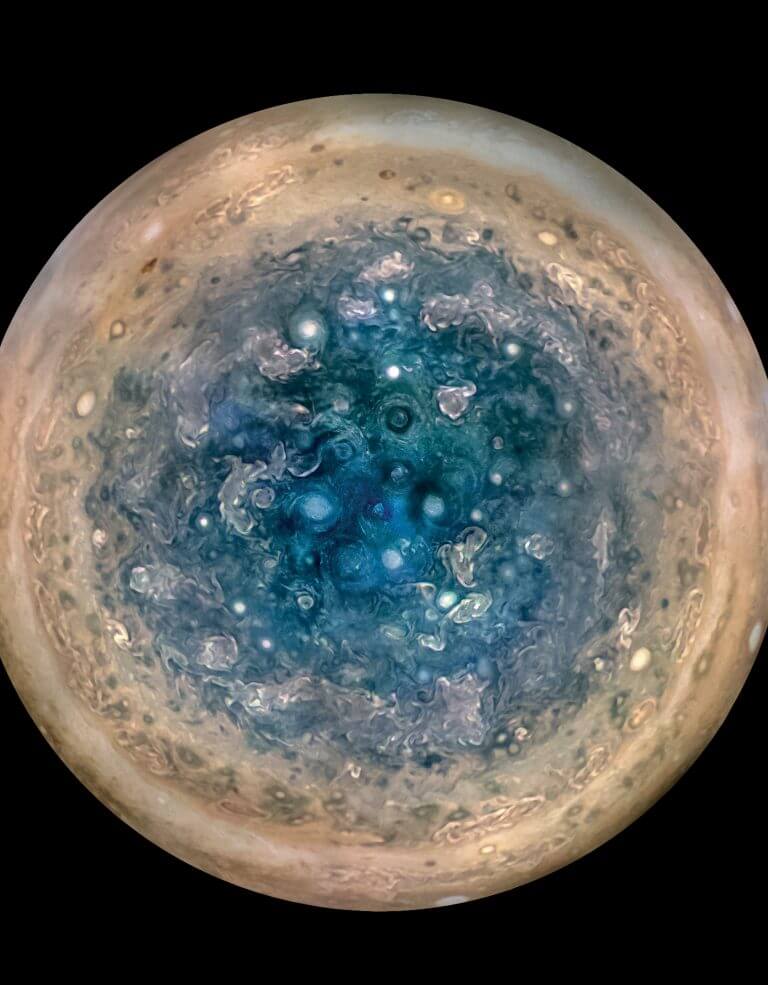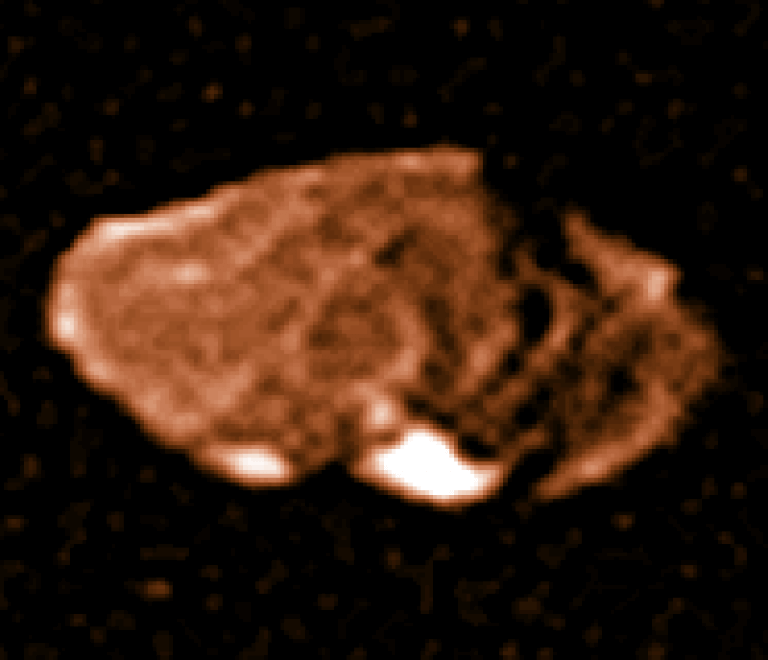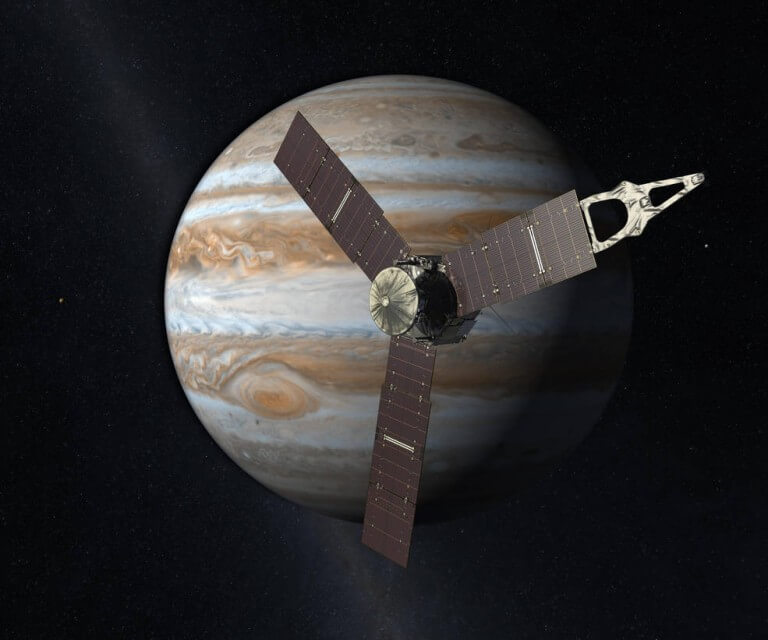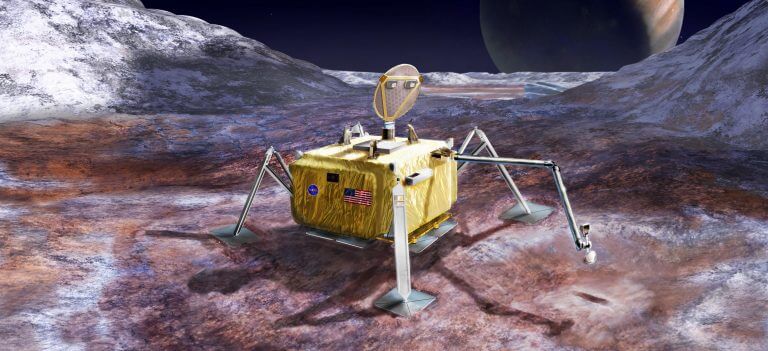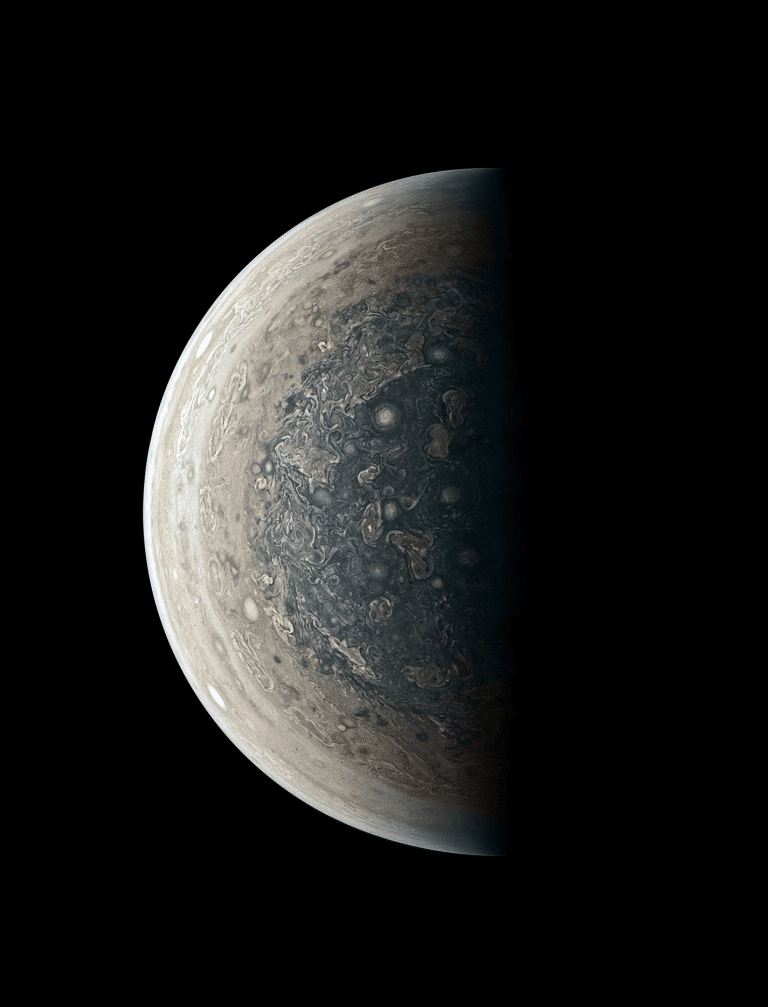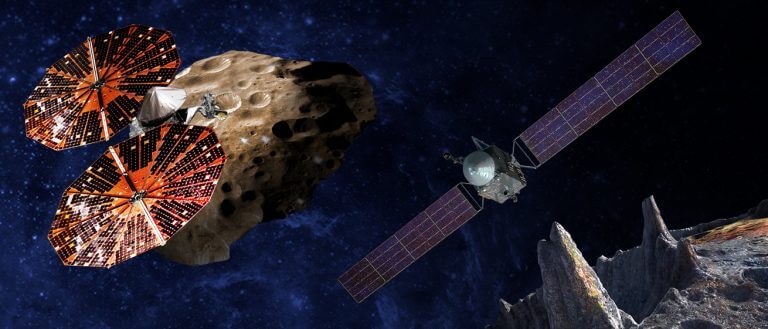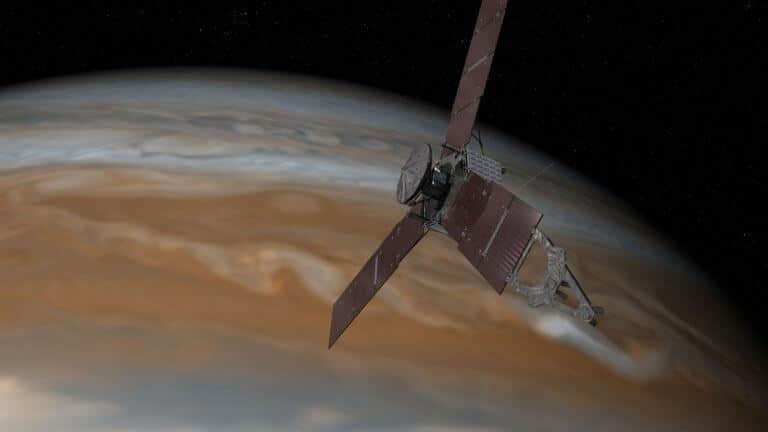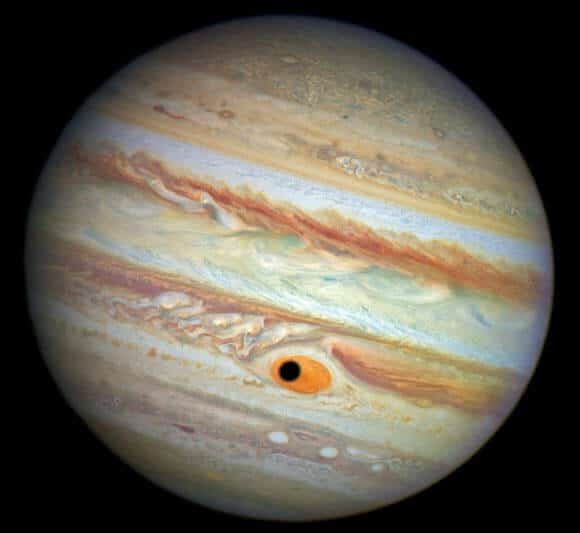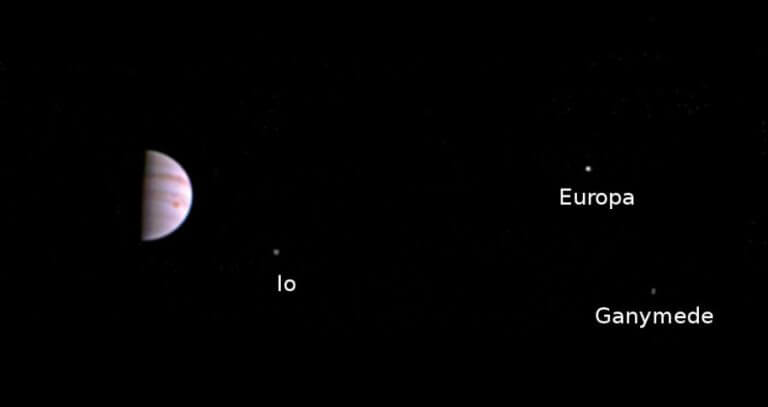Hayadan > Jupiter
Jupiter
- Avi Blizovsky
- April 3, 2024
- 2 תגובות
NASA's Juno spacecraft directly measured charged molecules of oxygen and hydrogen from the atmosphere of Europa, one of Jupiter's largest moons. According to a new study by scientists at SwRI and Princeton, these observations provided important constraints on the potential oxidation of its subsurface ocean
- Avi Blizovsky
- February 19, 2024
- One response
For the first time, NASA activated a tool designed to discover planets many light years away on an object in the solar system, in a study of the winds of Jupiter
- Avi Blizovsky
- November 5, 2023
- One response
The James Webb Space Telescope discovered a previously unseen jet stream in Jupiter's atmosphere. Similar phenomena have been observed in Saturn, and both may be related to temperature variations in the atmospheres of the gas giants
- Avi Blizovsky
- July 29, 2023
- 2 תגובות
Io is a raging volcanic world. NASA researchers are specifically looking at a "hot spot" observed by several spacecraft orbiting Jupiter that has grown from snapshot to snapshot
- Avi Blizovsky
- July 21, 2023
- No comments
Researchers have discovered that the Juno spacecraft often encounters giant swirling waves at the boundary between the solar wind and Jupiter's magnetosphere
- Avi Blizovsky
- October 11, 2022
- 6 תגובות
Observations from the Juno spacecraft's flyby of the fair moon have provided the first close-up in more than two decades of this ocean world, resulting in stunning images and unique science
- Dr. Yigal Fatal
- December 21, 2020
- 3 תגובות
At the time of conjunction, both planets will be seen in the west direction, just after sunset over the southwestern horizon close to the setting sun. The next closest cluster - in March 2080 * And how does this relate to the way we discover planets outside the solar system?
- Haim Mazar
- October 25, 2020
- 4 תגובות
For the past five years it has been circling Tzedek and transmitting to Israel a huge amount of photographs and information related to Tzedek. Since it has a large supply of fuel left, there are those who are thinking of extending its stay around Tedek. The intention is to study the large moons of the planet Io, Europa and Ganymede as well as the rings of Jupiter
- Avi Blizovsky
- March 24, 2019
- 2 תגובות
- Avi Blizovsky
- August 28, 2018
- No comments
- Avi Blizovsky
- July 18, 2018
- 3 תגובות
- Elisef Kosman
- December 13, 2017
- One response
- Elisef Kosman
- July 13, 2017
- 11 תגובות
- Weizmann Institute
- June 16, 2017
- 5 תגובות
- Elisef Kosman
- May 26, 2017
- 5 תגובות
- Haim Mazar
- March 23, 2017
- 10 תגובות
- Elisef Kosman
- February 19, 2017
- One response
- Elisef Kosman
- February 15, 2017
- 3 תגובות
- Elisef Kosman
- February 11, 2017
- 2 תגובות
- Elisef Kosman
- January 5, 2017
- 7 תגובות
- Elisef Kosman
- October 21, 2016
- No comments
- Dr. Moshe Nahamani
- August 5, 2016
- 10 תגובות
- Avi Blizovsky
- August 3, 2016
- One response
- Avi Blizovsky
- July 15, 2016
- 3 תגובות
- Itai Nebo, editor of the Davidson Institute website
- July 5, 2016
- 2 תגובות

